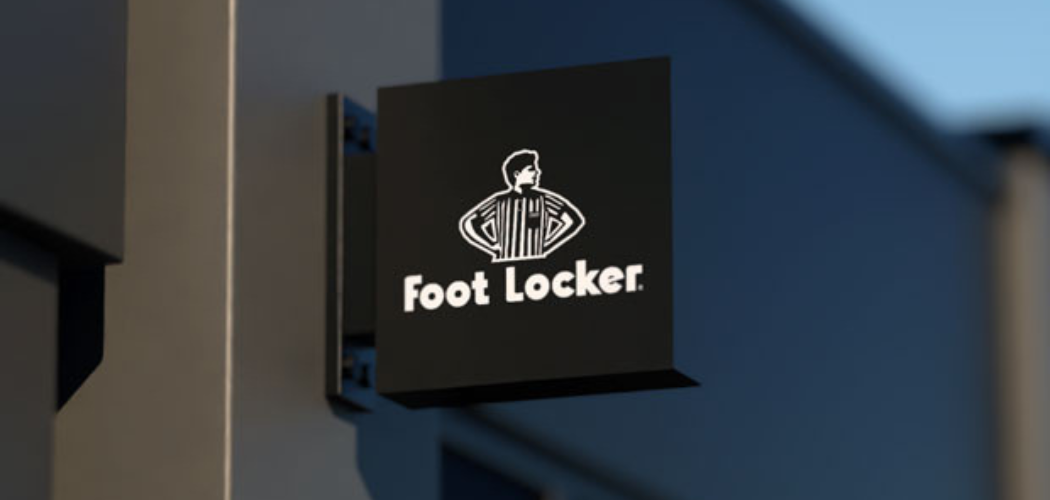One of 2021’s Words of the Year. Passing 10 billion in tradable assets, according to Forrester. Deployed by Coca Cola, Gucci, Nike, and many other front-running brands. And yet, still baffling to many due to their inherent digital-first, blockchain-fuelled complexity. Among other things, 2021 has been the year of the NFT - the Non Fungible Token.
By: Charlotte Bunyan, Cult
To the still baffled, a Non-Fungible Token in its simplest form is a unique certificate of ownership for a digital asset. These assets can be images, collectibles, or even tweets. This explanation goes some way to explaining why brands are so excited by them. Not only do they answer long-rumbling issues over IP and ownership in the digital realm, but they are opening up new avenues for brands to connect with customers. This year, we’ve seen an explosion in the use of NFTs, initially in the art world and rapidly rippling outward from there to act as verified access to unique brand experiences, reward engagement and brand loyalty or create communities. We’ve recently explored this in our latest Futures report, where we have also looked over the hill to see how NFTs will develop in the coming months as key brand engagement tools.
First and foremost, brand marketers may still be flummoxed about the strategic value of NFT deployment, but consumers and customers increasingly aren’t. According to Forbes, nearly 88,000 NFTs were being traded per day in May 2021 alone. It’s the inherent flexibility of NFTs that makes them so powerful - they convey unique ownership of a digital image file, digital clothing, virtual worlds, video game skins, or linked to real world, physical assets such as unique and exclusive versions of products. The ‘non fungible’ part of NFTs means exclusive and unique, which is one reason why they are so powerful in the digital art world, but also a clue to how savvy brands are using them to drive customer interaction and loyalty, through exclusivity.
Scarcity has always been a big driver of brand value, and consumer desire. Early marketing adopters have explored ways to use an NFT to reward and incentivise, by offering lifetime prizes and exclusive collectibles, VIP and verified access to events, as well as building communities amongst collectors and customers alike. For example, cosmetics brand Clinique offered the chance to win one of three pieces of specially-commissioned digital artwork to its loyalty scheme members, alongside the chance to win 10 years’ worth of products in one year. NFTs are also providing a bridge for brands as their first steps into the metaverse. For International Friendship Day, Coca Cola auctioned ‘loot boxes’ of NFTs, including digital apparel that can be worn in Decentraland, an open-access 3D VR platform. Buyers could bid on the Coca-Cola Friendship Box, a virtual version of a Coke vending machine. When opened, the box revealed additional exclusive NFT goodies that the winner was able to access. As brands start to explore digital-exclusive environments and develop metaverse strategies, NFTs will be increasingly deployed to provide ownership of these entirely virtual experiences.
More sustainable approaches are also now emerging to counter one of NFT’s biggest obstacles - they are exceptionally energy-hungry to set up and run. In a year where COP26 and dire environmental warnings captured attention, many brands are exceptionally keen to limit and reduce their carbon footprints. New platforms are fast catching up with the desire to mitigate the energy requirements of the servers needed to power the blockchain technology. As demand in the market heats up, ever more energy-efficient platforms and marketplaces are rapidly being developed. These include Voice, which carbon-offsets the energy demand of its products, and Tezos, which consumes 2,000,000 times less energy than first-generation NFT blockchain examples, like Bitcoin.
Big brands and forward thinkers may have already grasped the potential of NFTs, some as trials to showcase how innovative they can be or to steal a march on other brands exploring digital and virtual worlds. Now these examples exist there are clear paths for other brands to follow. Much like the early days of social media, as early adopters forge ahead we can expect to see many more brands follow suit. Those still perplexed by the limitless potential of NFTs will need to learn, and adjust quickly, or risk being left in the digital dust.




